With the topic of “Cranes as Messengers of Peace – Cranes and People in DMZ”, East-Asian Australasian Flyway Partnership is honored to invite Dr. Joo Yunjeong from The Institute for Social Development and Policy Research, Seoul National University, Dr. Lee Kisup from Korean Waterbirds Network, and Dr. Hyunah Choi from Hanns Seidel Foundation.
Cheolwon, a historic site in ROK which has been acknowledged as worldwide wintering site for cranes, has been a key stage of coexistence between cranes and people in terms of recovery of Demilitarized Zone (DMZ) after Korean War in 1950. The presentation highlights relationship between cranes and local community in Korea history and discusses the way to pursue its sustainability afterwards. Furthermore, the webinar demonstrates long-term conservation and efforts including cooperation of ROK and DPRK for protection of cranes and their habitats.
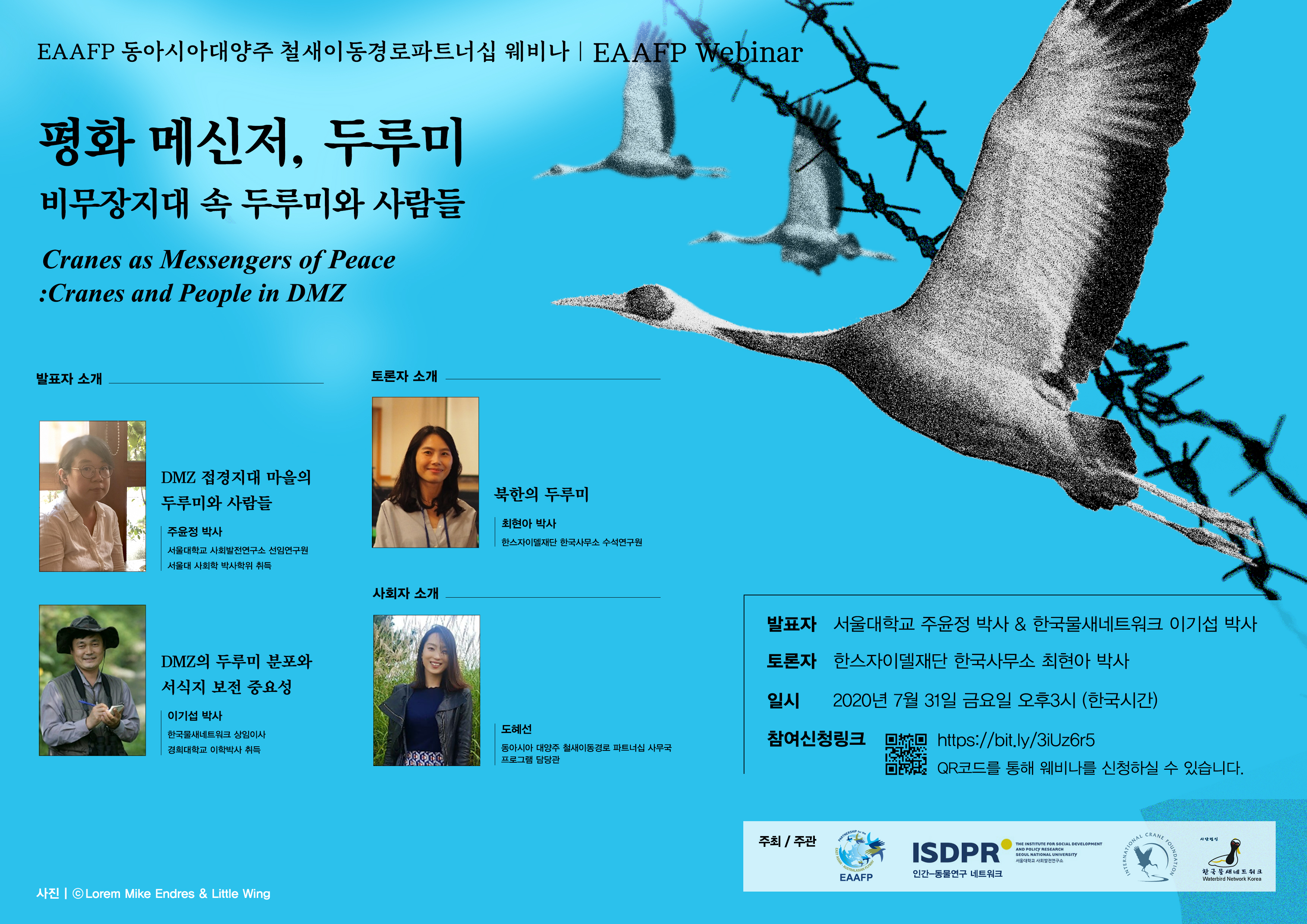
Title: Cranes as Messengers of Peace – Cranes and People in DMZ
Speaker: Dr. Lee Kisup & Dr. Joo Yunjeong
Panelist: Dr. Choi Hyunah
Moderator: Ms. Hyeseon Do (EAAFP Programme Officer)
Date: 31 July, 2020
Time: 3:00 pm (KST)
Registration link: https://bit.ly/3iUz6r5
Presenters
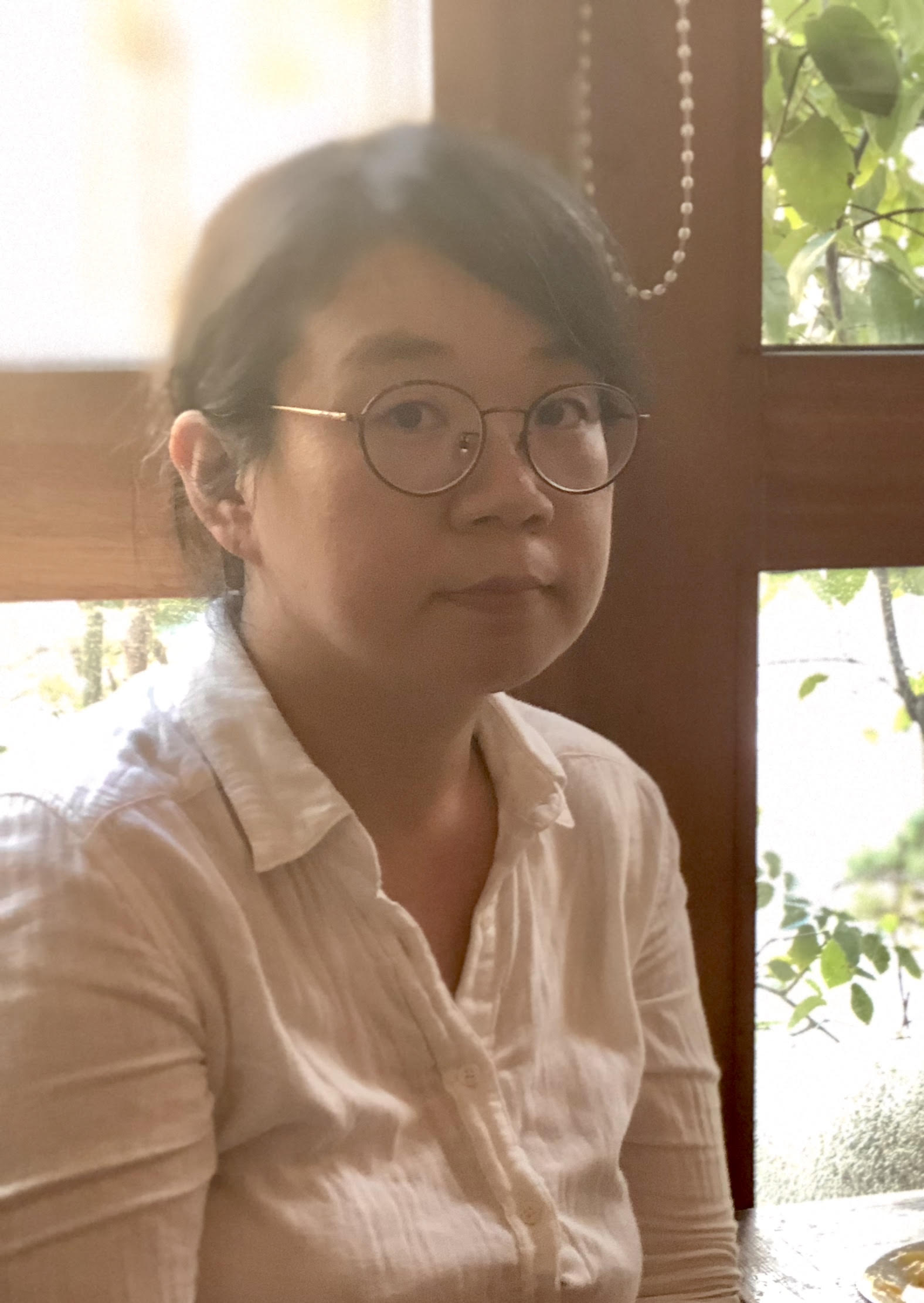 ©Dr. Joo Yunjeong / ISDPR |
Title: Cranes and People in town of borders DMZ
Dr. Joo Yunjeong
-Gendered Stigma: Discrimination and Intersectionality of Hansen’s Disease Patients’ Experiences (2020) -Deinstitutionalization and People-Centered Labor: Basaglia Law and Cooperative Movements in Italy (2019) Dr. Joo is currently researching on biomedical science about disabled/disease, human-animal relationship. She also has been researching entanglement relationship between Cranes in Cheolwon area and local community in terms of human-animal relationship research. |
Cheolwon, located in ROK, is historic site which has been acknowledged as worldwide wintering site for cranes. Before the Korean War in 1950, Cheolwon was previously a big city with its population of 90,000 but was essentially disappeared after used as main battleground of Korean War and national border has been changed a lot. Currently its population is only about 40,000. Since late 1970s, people started to cultivate the land in Cheolwon, which is fertile and suitable for agriculture based on its volcanic rock zone. However, currently there is no old trees more than 70 years old since the forests were all destroyed at the period of Korean War. After easing of cold war and increase in trade and agriculture, the number of cranes visiting abundant land started to increase gradually. So on, the awareness was widely raised by experts, environmentalists, local community that the area has its meaning of hostility but also peace and life in the demilitarized zone (DMZ) and town called Mintongsun, which were ruined by war. Cheolwon is now home to about 6000 cranes among its 3,000 population worldwide. Yet, long-term coexistence between cranes and people is in unstable state based on development plan in local community, subsidiary economic collapse in border district and railway construction plan with DPRK. The presentation highlights relationship between cranes and local community in Korea history and discusses the way to pursue its sustainability afterwards.
Presenters
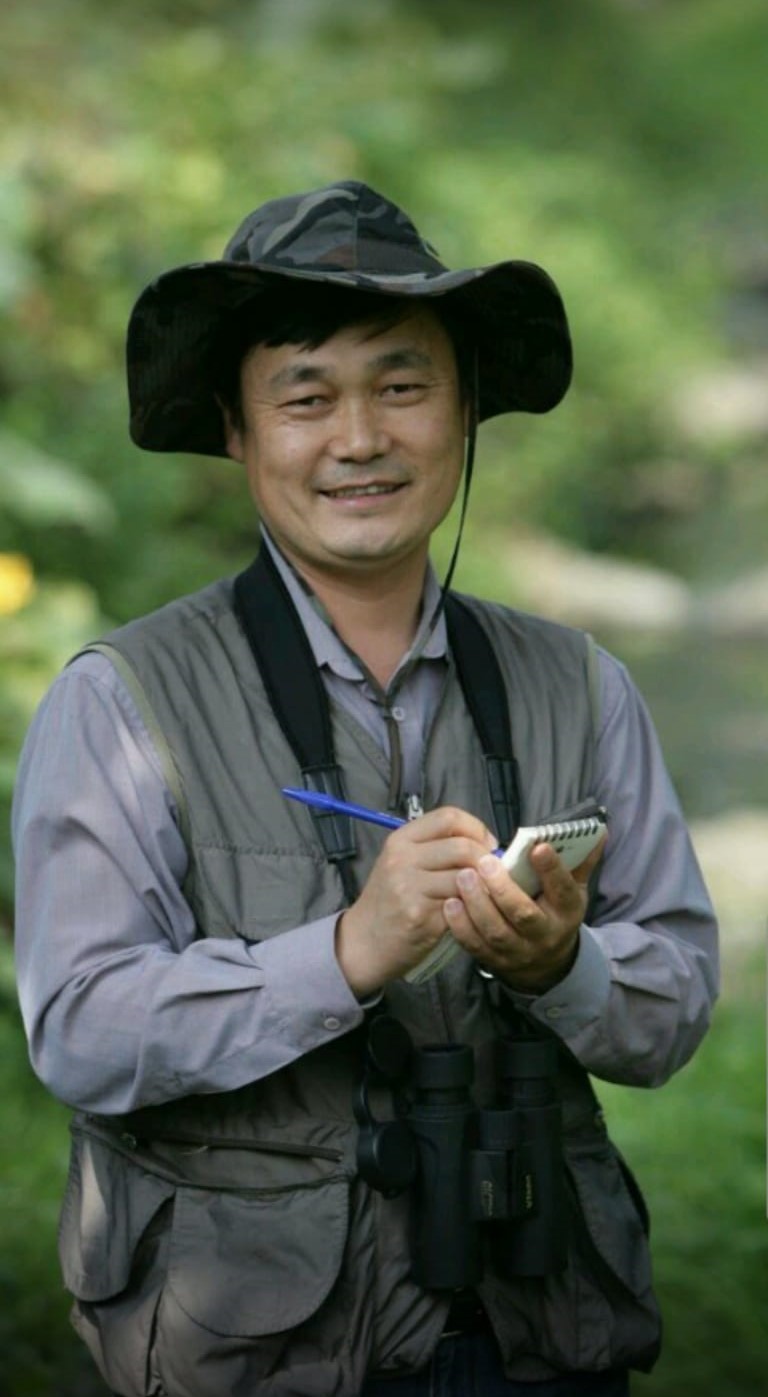 ©Dr. Lee Kisup / Korean Waterbird Network |
Title: Distribution of Cranes in DMZ area and Importance of Habitat Conservation
Dr. Lee Kisup
Dr. Lee Kisup established Korean Waterbirds Network in 2007, leading national cranes monitoring, habitat research, conference. Since 2002, he contributed to habitat research of cranes in DMZ and Civilian Access Control area and conservation activities. |
Cheolwon plain in Gangwon province, ROK and the Middle West wetlands in DMZ carry its importance as habitats for cranes, which 6 crane species annually visit, in particular, main habitat for two species of Red-crowned Cranes and White-naped Cranes. Cranes used to have its range throughout ROK but after disappeared due to habitat loss after Korean War. Since 1970s, hundreds of cranes were recorded in Incheon, Paju, Cheolwon area and the number of Red-crowned cranes and White-naped Cranes has been increased in Cheolwon, Yeonchun, Paju around northern area. The number of Red-crowned Cranes and White-naped Cranes have been recently increased as each 1,500 and 5,000 which is 2-3 times of the previous number. The increase in population means that wetlands, farmland, reservoir, and river in military protection area and DMZ have played its role in positive way to habitats for Cranes. Local conservation activities also worked positively due to increased farmland cultivation in the Civilian Control Line. On the other hand, the situation of habitats in DPRK has been worse since late 1990s. There has no recent record compared to past 700-800 records in breeding sites in DPRK around Anbyeon in Gangwon Province, Yonghyun in Hwanghe Province, Taetan, and Ongjin. Cranes tend to be centralized and gather in DMZ area and Cheolwon as White-naped Cranes near Han River recently moved to Cheolwon and subsidiary area due to urbanization and constructions. White-naped Cranes wintering in Gagoshima, Southern Japan no longer move to south and tend to stay longer in Cheolwon, Yeoncheon around northern province. This trend shows importance of farmland conservation in northern province but there are definitely some threats to habitats such as construction in northern province and decline in rice farming. In order to protect cranes and their habitats who symbolizes peace, we need long-term conservation and efforts including cooperation of ROK and DPRK.
Panelist
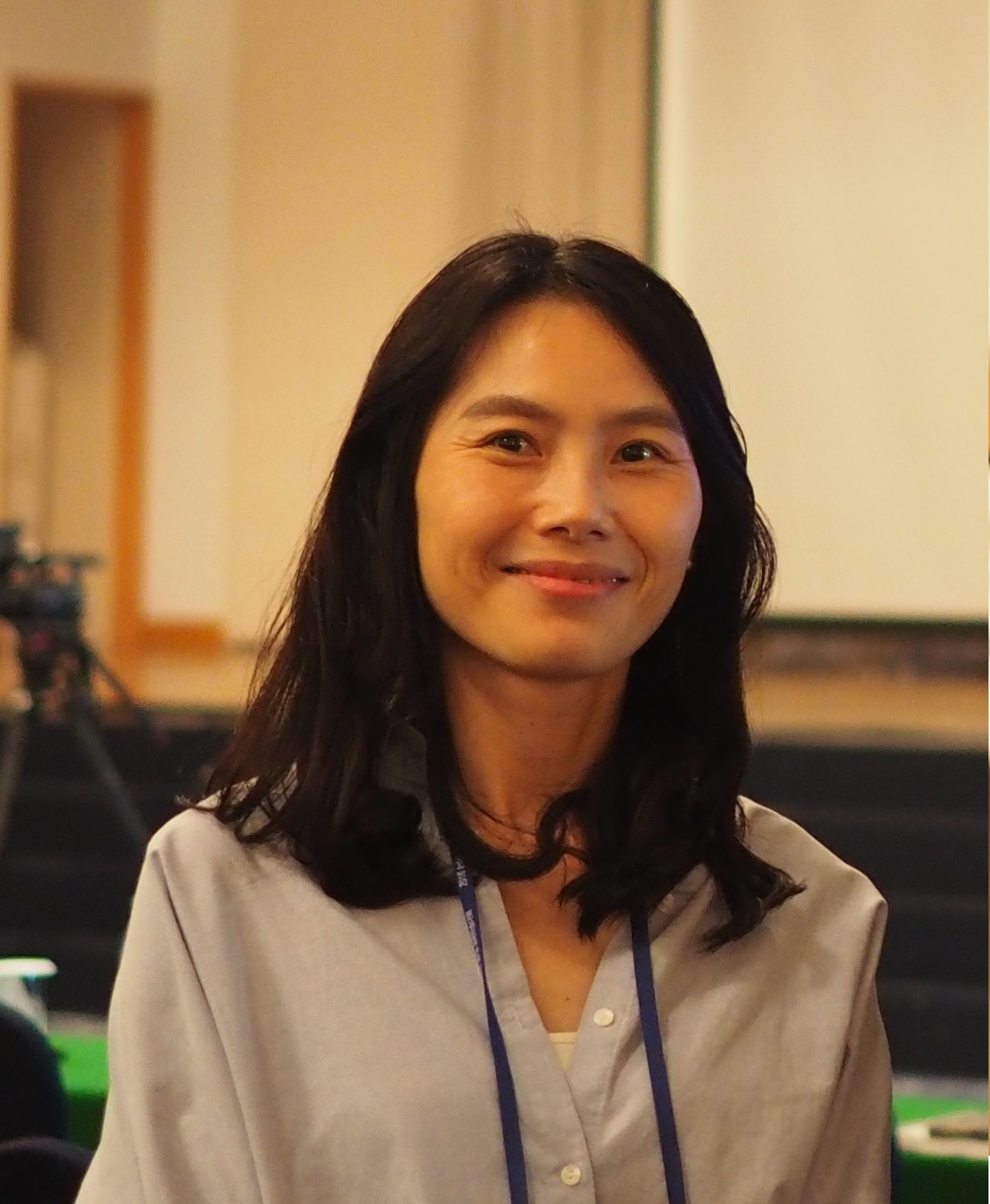 ©Hyunah Choi / Hanns Seidel Foundation |
Title: Cranes in DPRK
Ph.D Hyun Ah Choi
|
Moderator
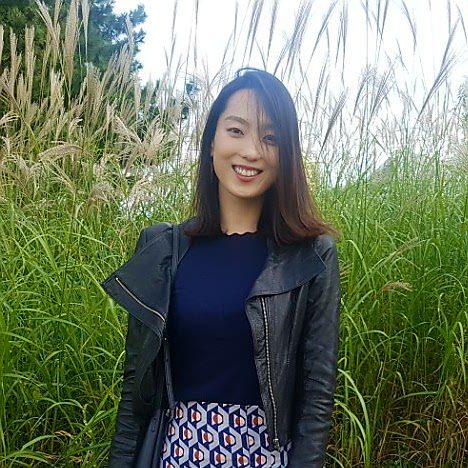 ©Hyeseon Do / East Asian-Australasian Flyway Partnership |
Ms. Hyeseon Do
|
The webinar began with presentations by Dr. Lee Kisup, Executive Director of Korean Waterbirds Network who talked about the status of cranes in the DMZ area, and Dr. Joo Yunjeong, Senior Researcher in The Institute for Social Development and Policy Research in Seoul National University who illustrated the relationship of cranes and human in the DMZ from sociological perspective. After that, Dr. Choi Hyunah, Senior Researcher in Hanns Seidel Foundation (HSF) Korea, briefed about cranes in DPRK and joined in as discussion panelist. Dr. Choi highlighted cranes records in DPRK sites such as Kumya, Mundok, Ongjin, Panmun Regarding conservation work of DPRK, Dr. Choi demonstrated the observation survey undertaken by DPRK showed high biodiversity in DPRK but also DPRK’s efforts and high interests in wetlands and waterbird conservation.
In the Q&A session, when asked about the recent decline of population of cranes in DMZ, Dr. Lee answered that wintering sites are not capable anymore of increasing number of cranes due to lack of food, high density of cranes and artificial construction near the sites. But Dr. Joo mentioned local community have put efforts to maintain cranes’ population by putting foods near wintering sites, while connection between local community and organizations are urged to develop sustainable goal and link their efforts to effective protection of the cranes. In terms of collaborative work between DPRK and ROK, Dr. Choi emphasized collaborative effort are urged on not only DPRK and ROK, but also associated international organizations such as International Crane Foundation (ICF), East Asian Australasian Flyway Partnership (EAAFP), Hanns Seidel Foundation(HSF) at international level to discuss protection of cranes and wetland management.
If you have missed the valuable webinar, you can enjoy the webinar uploaded on Youtube through the link: https://youtu.be/JZu1Hj_C9qQ
“평화 메신저, 두루미 – 비무장지대 속 두루미와 사람들” 온라인 세미나에 초대합니다!
“평화 메신저, 두루미 – 비무장지대 속 두루미와 사람들” 온라인세미나의 강연자로 주윤정 박사님 (서울대학교 사회발전연구소), 이기섭 박사님 (한국물새네트워크)과 최현아 박사님(한스자이델재단 한국사무소)을 모시게 되었습니다!
현재 철원은 전 세계적으로 두루미의 월동지로 주목받고 있는 유서 깊은 땅으로, 한국전쟁 이후 파괴된 DMZ비무장지대의 회복과 함께 두루미와 사람의 공생이 이루어진 중요한 무대가 되어왔습니다. 한국 사회의 역사를 살펴보며, 두루미와 지역주민들과의 관계 및 이후 어떻게 이를 지속가능한 관계로 이끌어 나아갈 지에 대해 논의할 예정입니다. 더 나아가, 두루미보전을 위한 장기적 서식지 보전과 남북한 간의 협력의 중요성에 대한 내용도 소개할 것입니다.
제목: 평화 메신저, 두루미 – 비무장지대 속 두루미와 사람들
발표자: 이기섭 박사 & 주윤정 박사
토론자: 최현아 박사
사회자: 도혜선 프로그램 담당관
일시: 2020년 7월 31일 금요일 오후3시 (한국시간)
참여신청링크: https://bit.ly/3iUz6r5
발표자
 ©주윤정 박사님/서울대학교 사회발전연구소 |
제목: DMZ 접경지대 마을의 두루미와 사람들
주윤정 박사님
「질병 스티그마와 젠더의 교차성: 한센인들의 사회적 차별과 가족 내 차별 경험」(2020, 공저) 「탈시설 운동과 사람중심 노동: 이탈리아의 바자리아법과 장애인 협동조합운동」(2019) 현재 장애/질병, 인간-동물 관계에 대한 생명사회학 연구 진행중이고, 인간-동물 관계 연구로는 철원의 두루미와 지역주민의 얽힘(entanglement)의 관계에 대해 연구하고 있다. |
철원은 전세계적으로 두루미의 월동지로 주목받고 있는 유서깊은 땅이며 현재 이곳의 인구는 4만명에 불과하다. 한국전쟁 이전 9만명의 인구의 대도시였지만, 국경이 여러 번 바뀌고 한국전쟁의 격전의 전쟁터가 되며 흔적도 없이 폐허로 사라진 도시이기도 했었다. 70년대 후반부터 화산암지대로 농사에 적합한 비옥한 토질을 갖고 있는 철원에서 땅을 일구고 경작이 가능해졌지만, 70년 이상 수령의 고목은 한국전쟁도 중 파괴되는 바람에 거의 없다.
냉전이 완화되고 사람들의 농사와 왕래가 시작되면서, 이 버려졌던 땅에 찾아오는 두루미가 늘기 시작했다. 뿐만 아니라, 전쟁과 폐허의 땅이었던 DMZ와 민통선의 마을의 경계 지역을 전문가, 환경운동가, 지역주민들에 의해 단순히 적대의 공간이 아니라 평화와 생명의 터전이라는 인식이 널리 알려졌다.
현재, 철원은 전세계 3000여 마리의 두루미 중 1400여 마리, 두루미류 6000여마리가 찾는 중요한 서식지가 되었지만, 지역사회의 발전 계획, 접경지역 부차적 경제붕괴, 북한과의 철도건설계획 등으로 두루미와 사람간의 장기 공존은 불안한 상태이다.
본 발표에서는 한국 역사를 살펴보며 두루미와 지역사회의 관계를 강조하고, 이후 이 관계의 지속가능성을 어떻게 이끌어 갈수 있는지에 대해 논의를 할 것이다.
발표자
 ©이기섭 박사님/한국물새네트워크 |
제목: DMZ의 두루미 분포와 서식지 보전 중요성
이기섭 박사님
2007년 한국두루미네트워크를 조직하여 전국 두루미 모니터링, 서식지연구, 회의주관을 이끌었고, 2002년부터 철원 등 DMZ와 민간인통제지역 내 두루미 서식분포연구 및 보전활동에 기여하고 있다. |
강원도 철원평야와 DMZ 중서부 습지는 두루미 서식지로서의 중요성이 크다. 매년 6종의 두루미류가 도래하며 그중 두루미와 재두루미 2종류의 핵심적인 서식장소이다. 과거 두루미는 한반도 전역에 분포하였으나 한국전쟁으로 인해 서식지가 훼손되어 거의 사라졌다가 1970년대 인천, 파주, 철원 등지에서 수백마리가 확인된 이후에 철원, 연천, 파주 등지의 민북지역을 중심으로 두루미와 재두루미가 점차 증가하였다. 최근엔 두루미1500여마리, 재두루미 5천여마리로 과거에 비해 2~3배 증가하게 되었다. 이러한 두루미의 증가는 DMZ내 습지와 군사보호지역 내 농경지, 저수지, 하천 등이 두루미의 서식지로서 좋은 역할을 하였기 때문이었다. 민통선 내 농경지 개간으로 면적이 증가함과 더불어 지역의 두루미 보호활동도 역할을 하였다. 반면에 북한의 두루미 서식지는 1990년대 후반부터 급속하게 악화되었다. 두루미의 경우에 강원도 안변, 황해남도 용현, 태탄, 옹진 등지의 북한 두루미 월동지에 7~800마리가 기록되었으나 최근에는 거의 도래하지 않게 되었다. 이로 인해 두루미들이 철원과 DMZ 일대로 집중화되는 경향을 보이고 있다. 1970년대 한강하구에 도래하던 재두루미들도 도시화와 각종 개발로 인하여 철원과 주변 DMZ로 서식지를 점차 이동하였다. 최근엔 일본 남부 가고시마로 이동하여 월동하던 재두루미들이 점차 남하하지 않고 철원, 연천 등의 민북지역에 더 많이 머무는 경향으로 바뀌고 있다. 이와 같은 변화는 향후 중서부 민간인통제지역내 농경지 보전의 중요성을 더욱 커졌음을 보여주나 통제지역이 점차 줄어드는 추세에 있고 민북지역에 대한 강한 개발 압력과 쌀농사지역의 감소 등으로 인한 서식지 위협이 심각한 상황이다. 평화를 상징하는 두루미의 보전을 위해서는 장기적으로 두루미 서식지 보전을 위한 노력과 남북한 간의 협력 또한 중요하다고 할 것이다.
토론자
 ©최현아 박사 / 한스자이델재단 한국사무소 |
제목: 북한의 두루미최현아 박사
|
사회자
 ©도혜선/동아시아 대양주 철새이동경로 파트너십 사무국 |
도혜선
|
본 웨비나는 한국물새네트워크 상임이사이신 이기섭 박사님의 비무장지대 두루미의 현황에 대한 논의와 서울대학교 사회발전연구소 선임연구원이신 주윤정 박사님의 사회인문학적 관점에서 바라보는 비무장지대 내 두루미와 인간의 관계에 대한 발표로 시작되었습니다. 이후, 한스자이델재단 한국사무소 수석연구원이신 최현아 박사님께서 북한 내 두루미에 대해 간결히 설명하신 후 토론자로 참여해주셨습니다. 최현아 박사님께서는 ‘금야’, ’문덕’, ’옹진’, ‘판문’ 등 두루미가 기록된 북한의 여러 지역들을 조명하시며, 한국 뿐 아니라 북한에도 두루미가 서식하고 의존함을 논의하셨습니다. 더 나아가 최현아 박사님께서는 올해 1월 북한이 실시한 조사를 언급하시며 북한의 풍부한 생물다양성 및 습지와 물새 보전활동에 임하는 북한의 노력과 관심의 대해 입증 및 설명해주셨습니다.
질문답변 시간 도중, 비무장지대 내 두루미 분포도 감소에 대한 질문에 이기섭 박사님께서는 먹이부족, 두루미의 높은 밀집도, 지역개발로 인해 서식지가 더 이상의 두루미를 수용하기 힘들어졌고 이에 따라 두루미 분포도가 감소하고 있다고 답변하셨습니다. 반면, 주윤정 박사님께서는 지역주민들이 서식지 주변에 먹이를 갖다 놓으며 개체수 유지에 노력하고 있지만, 이는 지속가능성의 한계가 있기에 장기적인 측면으로 지역차원의 노력 또한 필요할 것이라고 강조하셨습니다. 추가로, 북한과 한국이 두루미를 보호하기 위한 협력의 관한 질문에, 최현아 박사님께서는 한국과 북한의 협력 뿐만이 아닌 국제두루미재단, 동아시아대양주철새이동경로 파트너십, 한스자이델재단 등의 관련 국제기구와의 국제적인 측면의 협력도 필요하다고 응답하셨습니다.
지난 웹세미나를 놓치셨다면, EAAFP 유투브를 통해 다시 시청하실 수 있습니다: https://youtu.be/JZu1Hj_C9qQ




